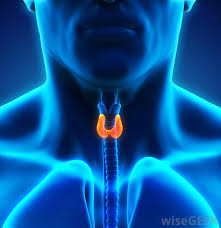
Thyroid Disorders
Hyperparathyroidism
Hyperparathyroidism is a disorder in which the parathyroid glands in your neck produce too much parathyroid hormone (PTH). Most people

Hyperparathyroidism is a disorder in which the parathyroid glands in your neck produce too much parathyroid hormone (PTH). Most people

A simple goiter is an enlargement of the thyroid gland. It is usually not cancer. There are different kinds of

Thyroid: The butterfly shaped gland over the Adam’s apple of the neck. Hypothyroidism: When the thyroid is underactive. Hyperthyroidism: When

BOLICK CLINIC & MAITLAND CHIROPRACTIC
500 EAST HORATIO AVE | MAITLAND FL 32751
LOCATED ON HORATIO AVE./HOWELL BRANCH RD ONE BLOCK EAST OF ORLANDO AVE (17/92) IN DOWNTOWN MAITLAND NEAR WINTER PARK AND ALTAMONTE SPRINGS.